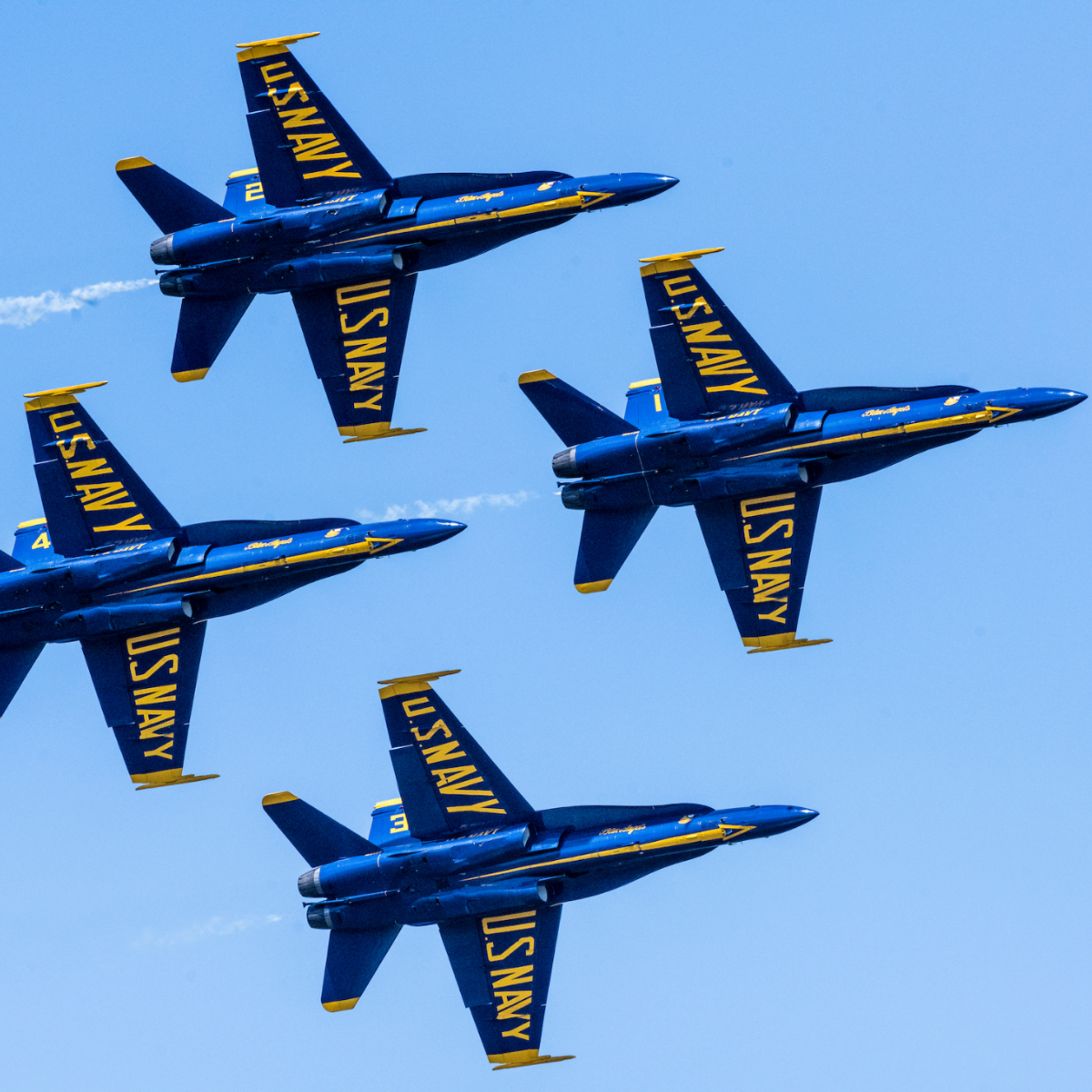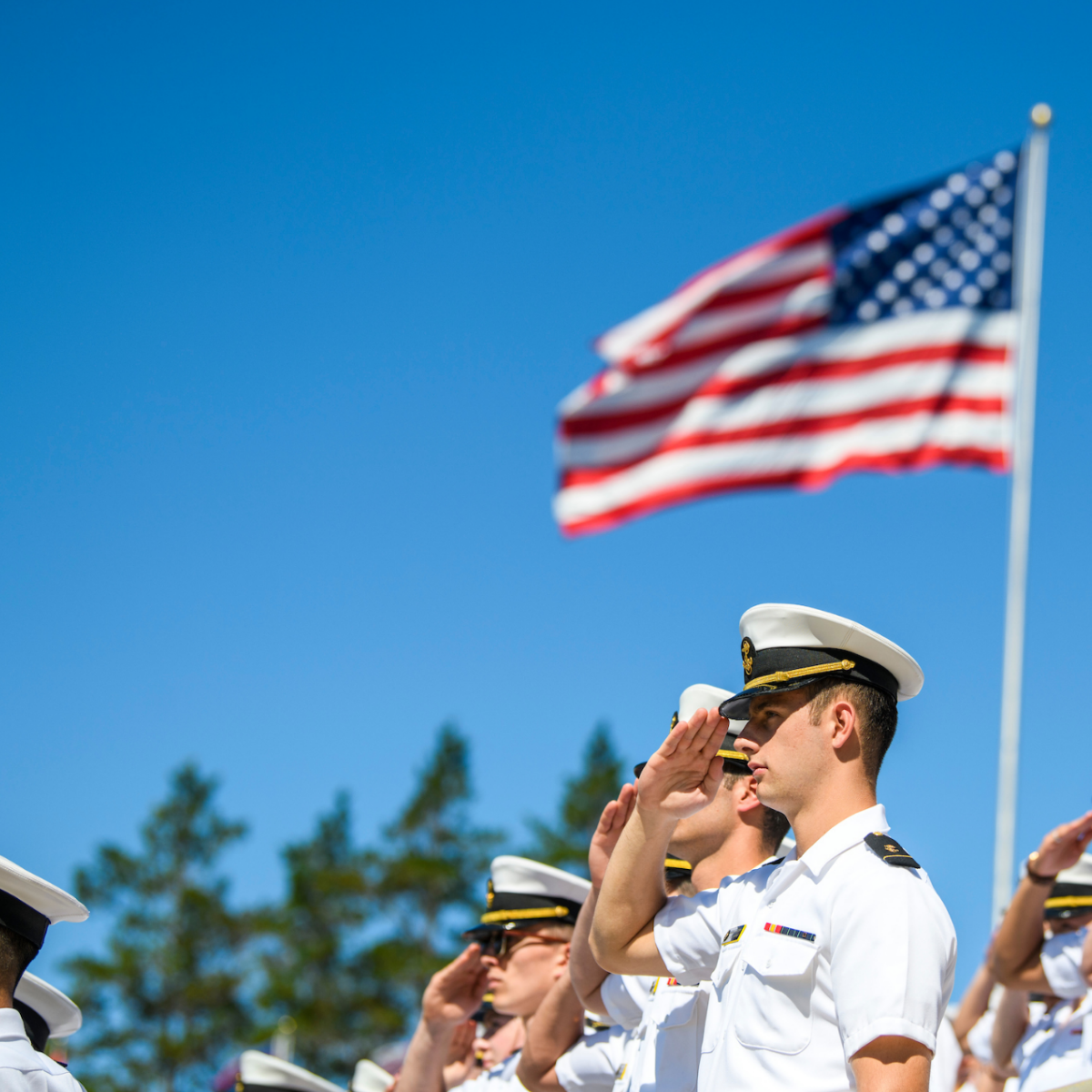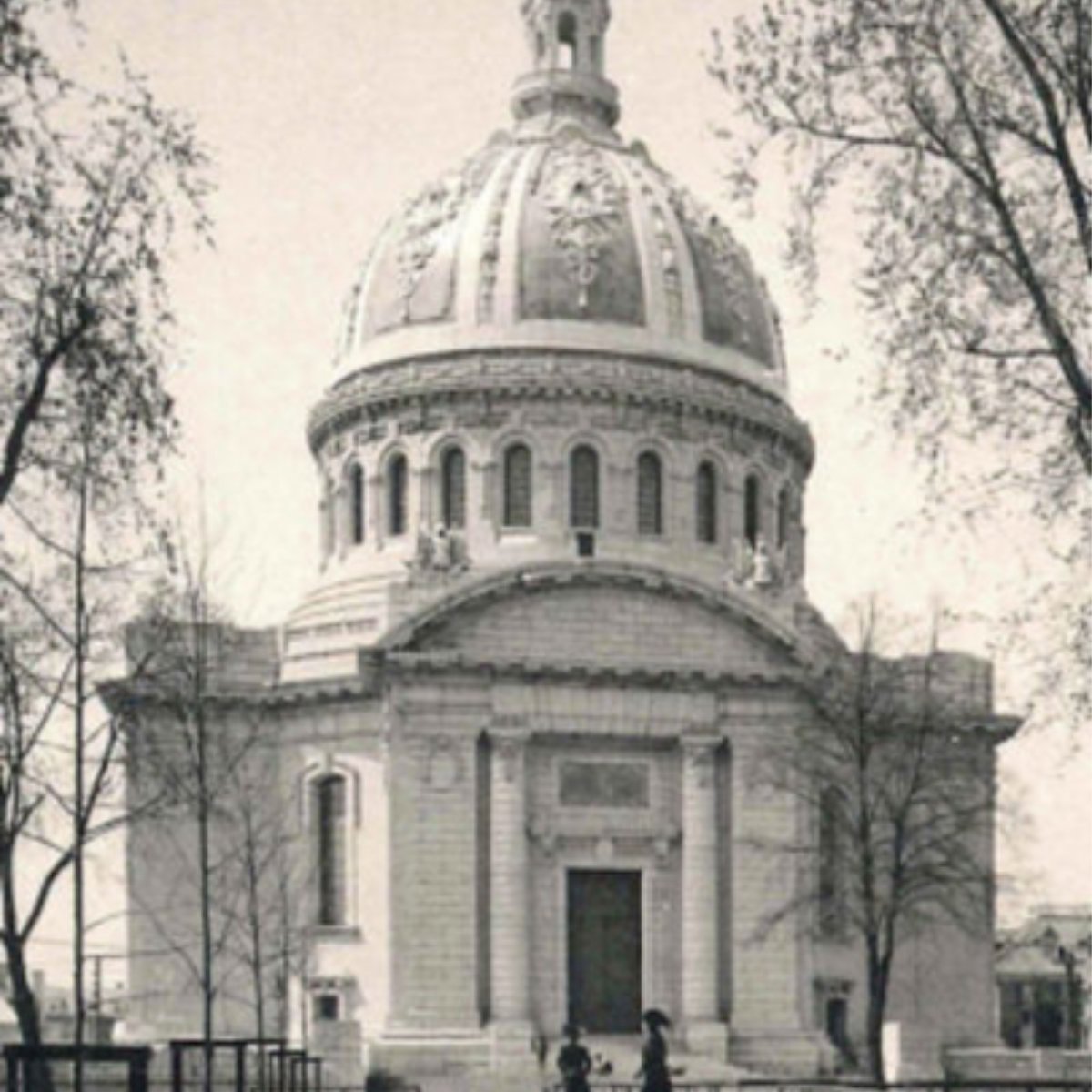
Air shows are an opportunity for aviation enthusiasts to not only watch unbelievable aerobatics and airspeed demonstrations, but also get up close and personal with static aircraft displays and pose questions to the flight crew. Often the highlight of the event, drawing in spectators young and old, is the world-renowned Navy Blue Angels flight demonstration squadron. Through events like air shows, the Blue Angels are ambassadors, exhibiting pride and professionalism in the United States Navy while also cultivating an interest in naval aviation and the desire to serve the country.
The vision to establish a Naval flight exhibition team came in 1946 from Chief of Naval Operations Admiral Chester Nimitz. In addition to boosting Navy morale and demonstrating Naval air superiority, there was a need to gain public and political support during a period of dwindling defense budgets.
A World War II fighter ace, Lieutenant Commander Roy “Butch” Voris, formed the first flight demonstration team with three flight instructors. Within a few short months of forming, they choreographed and performed the inaugural flight demonstration in Grumman F6F-5 Hellcats, painted a deep-sea blue with gold trim, to a delighted hometown crowd at Naval Air Station (NAS) Jacksonville.
However, it wasn’t until Lieutenant Maurice “Wick” Wickendoll read the name in an issue of The New Yorker that the team made its debut as the Blue Angels in July 1946, at a show in Omaha, Nebraska.
The Blue Angels flew different aircraft over the following years, such as the North American Aviation SNJ-05 Texan. They later transitioned to the lighter and faster F8F-1 Bearcat, and then again to F9F-2 Panther in 1949. However, despite growing popularity, the needs of the Navy were always paramount. Due to a shortage of both pilots and aircraft during the Korean War, the Navy disbanded the Blue Angels in 1950, and the team members reported to the USS Princeton.
The team reassembled in 1951, continuing to grow support and recognition for U.S. Naval aviation. The Navy’s Blue Angels performed alongside the Air Force’s own demonstration team, the Thunderbirds, at an air show on Armed Forces Day in 1954. That was also the year when Marine Corps pilot Captain Chuck Hiett earned a spot on the team, the first Marine pilot to do so. This milestone helped to pave the way for the first female pilot to join the team in 2014, Marine Corps Captain Katie Higgins, now Major Higgins Cook.
Throughout its history, the Blue Angels continued to adapt and demonstrate the best of the Navy. With the evolution from the Panthers, all the way to the F/A-18 E/F Super Hornet, the Navy’s Blue Angels represent over seventy years of aviation excellence.
Not only are the blue and gold aircraft instantly recognizable worldwide, but the Blue Angels pilots and crew create a striking appearance with a special uniform. Only personnel assigned to the Navy Flight Demonstration Squadron are authorized to wear the official squadron uniform. Pilots’ bright blue flight suits, with bold yellow accents and lettering, are a contrast from the traditional green flight suit. Complementing the appearance of the pilots are the support team. Representing the best of the fleet, this crew is frequently seen in a working uniform with “U.S. Navy Blue Angels” proudly emblazoned across the back.
Headquartered at NAS Pensacola, FL, the Blue Angels are an American icon. This select team seeks to promote the Navy’s culture of excellence to millions through various community events and heart-stopping shows each year. The air show season runs every spring through fall, with stops in approximately 30 locations across the U.S. and Canada; and typically including a stop at USNA during Commissioning Week. The 2021 Blue Angels schedule and ticket information may be found on the official United States Navy Blue Angels website.






